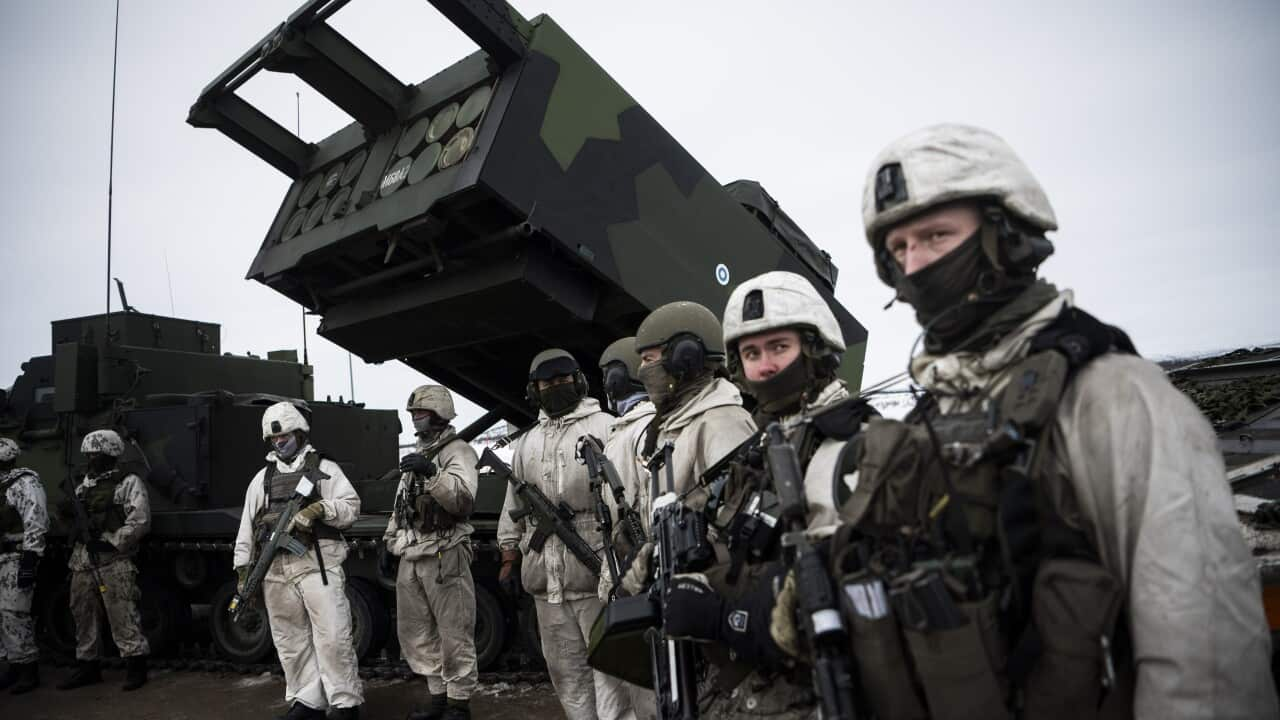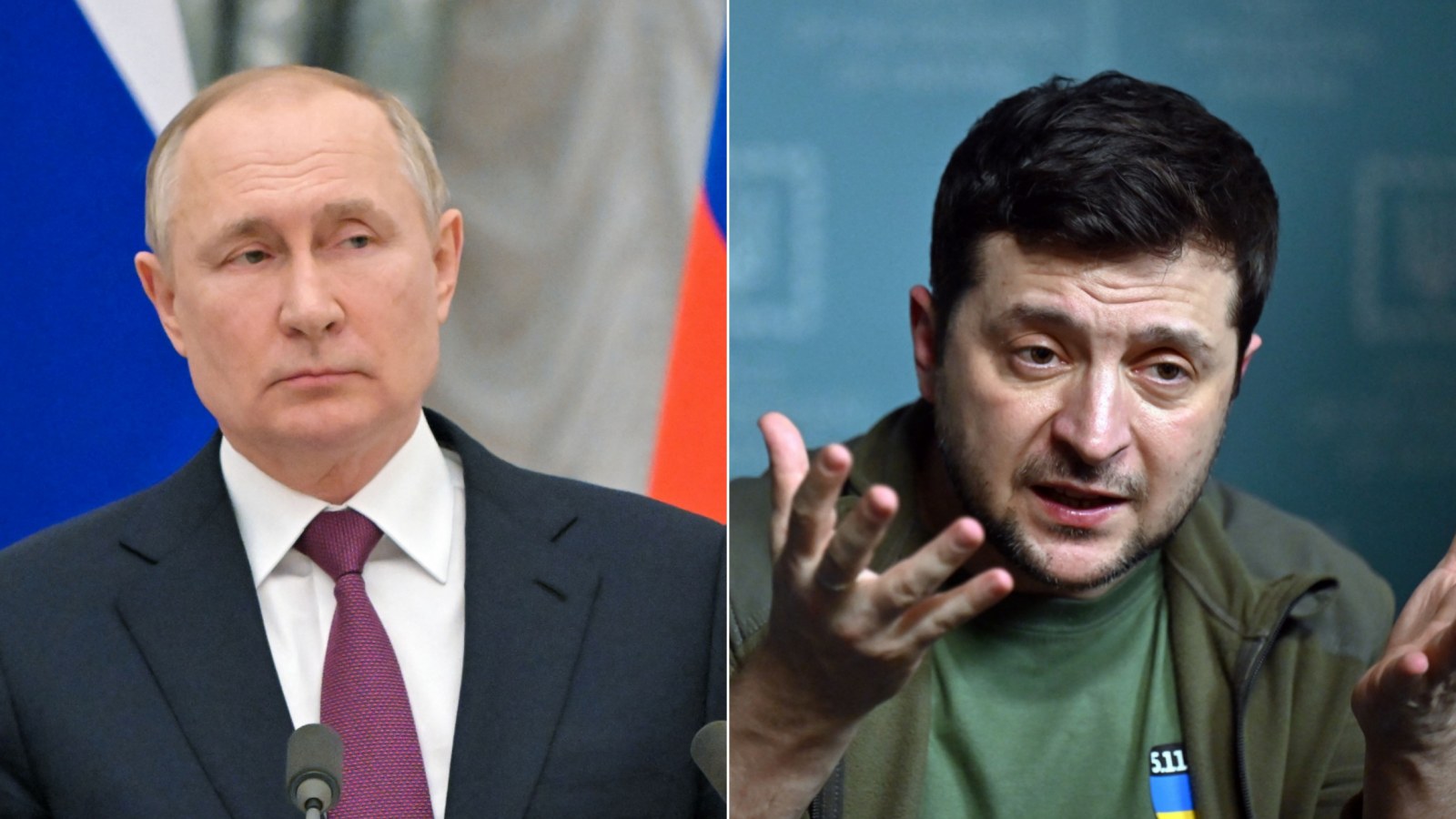- Russia is planning to redouble its assault on Ukraine, according to Ukrainian officials. And while President Volodomyr Zelenskyy’s forces are preparing, experts suggest they could be hamstrung
Russia is planning a fresh offensive in Ukraine, according to Ukrainian officials, as both sides of the war pledge their commitment to keep fighting in a conflict that is now more than two years old.
Commander of Ukraine’s ground forces, Lieutenant-General Oleksandr Pavliuk, announced on national television last week that Russia was preparing 100,000 troops for potential offensive operations in the coming European summer.
“It will not necessarily be an offensive. Perhaps they will replenish their units that lost combat capability. But there is a possibility that at the beginning of the summer they may have certain forces to conduct offensive operations,” he said.

Europe’s military shake-up: The major defence changes in the face of Vladimir Putin
The comments echoed recent statements from Ukrainian president Volodomyr Zelenskyy, who in late February said Russia’s planned offensive could start as early as May, adding his forces would “prepare for their assault”.
Speaking on 25 February, a day after the second anniversary of Russia’s invasion, he said Ukrainian forces would be prepared for the assault, and claimed that Russia’s attempted advances since October had not made any headway.
Experts, however, suggest that Ukraine may be hamstrung by increasingly severe ammunition shortages and an ongoing lack of air defence capabilities. They also note that, however slowly, Russian forces are gaining ground.

The Russia-Ukraine war is in its third year. Source: Anadolu / Wolfgang Schwan/via Getty Images
“People are very quick to say it’s a stalemate, but it’s not. There’s a lot of fighting going on, quite brutal fighting, but very little territory is changing hands,” Matthew Sussex, an associate professor at the Australian National University’s Strategic Defence Studies Centre who specialises in Russian security and defence policy, told SBS News.
“You’d probably say it was advantage Russia at the moment, because Ukraine has had a significant ammunition deficit as well as a personnel deficit. But the Russian advance is very, very slow.”
What could Russia and Ukraine’s summer offensives look like?
Sussex predicted that if Russia were to mount a summer offensive it would most likely target Kherson and try to push towards Odesa, both of which are located in Ukraine’s south near the Black Sea. In the past few months, Russian troops have borne down along the sprawling front line in Ukraine’s east and south, making small gains and reclaiming territory that was liberated by Ukrainian forces during their counteroffensive in 2023.
If Ukraine were to mount another counteroffensive, as Zelenskyy recently suggested they might, Sussex speculated that they would probably carry out targeted probing operations in a bid to compensate for their ammunition deficit and hamper Russia’s own ability to resupply.
“Ukrainian forces have done extraordinarily well against what was supposed to be the second-best military in the world,” he said. He further noted, however, that “there will probably need to be more rounds of mobilisation.”
Zelenskyy revealed in December that the military had proposed mobilising an extra 500,000 Ukrainians into the armed forces in what would represent a major escalation of the war effort — a proposal that he said he would carefully consider. He also admitted that the Ukrainian war effort depends on continued Western support.

The aftermath of a missile strike by Russian troops in Zaporizhzhia, southeastern Ukraine, last week. Source: Getty, NurPhoto / Dmytro Smolienko/Ukrinform
How could US support swing things?
While a deadlock in the US Congress over a new aid package exacerbates Ukraine’s ammunition shortage woes, Zelenskyy said he was confident Congress would soon approve a major new batch of military and financial assistance.
“[US support] certainly would help the Ukrainians — extremely,” Sussex said. “The large scale military aid package is what the Ukrainians vitally need, because that’ll be not just things like 155-millimetre artillery ammo, but also drones and air defence, which they desperately need to realistically be able to withstand the Russians [and] potentially then go on the counter-offensive.”
The Institute for the Study of War, a non-profit policy organisation, reported in January that Ukrainian troops “are struggling to completely compensate for artillery ammunition shortages” and their use of drones for combat purposes was hampered by “insufficient electronic warfare capabilities”.
How much longer might the conflict continue?
Sussex said that the flow of external support, which is critical for Ukrainian forces to accrue more ammunition and weapons, will determine how much longer they can hold out against the Russian invasion.
But he isn’t expecting the conflict to take a dramatic turn any time soon.
“The incentive for both sides is to keep fighting, and particularly for [Russian President Vladimir] Putin, his calculation is that the West will just lose interest because they’ve got short memories, short tolerance and a low-risk threshold,” he said.
“The Russians are planning on two to three years probably, and I think they could probably sustain it for that long… but at the moment, the trend is not for something dramatic to happen [this year].”
“I would think that [the war will] probably, on present evidence, drag on.”
@SBS (Special Broadcasting Service, Australia)





